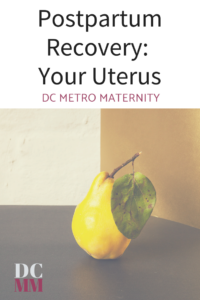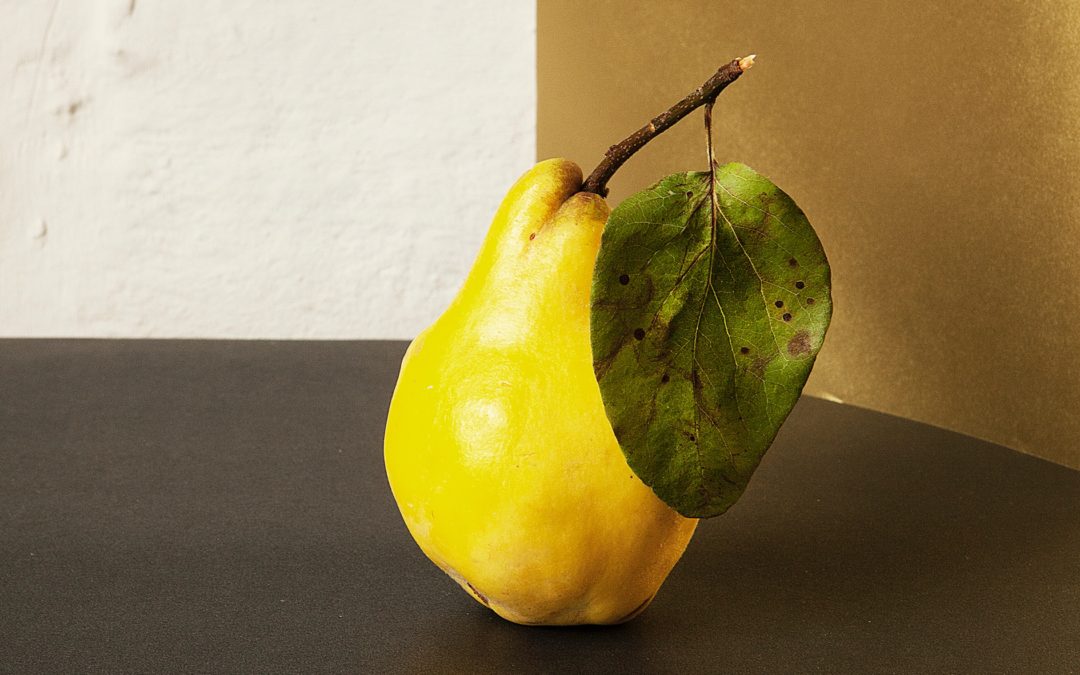This article about your uterus is one in a series of posts on postpartum recovery. Contrary to what celebrity magazine covers and instagram hashtags would have us believe, everything doesn’t just “snap back” after birth. DCMM wants you to know the truth about postpartum recovery.
Your body spends up to 10 months growing a whole human being. During pregnancy, your hormones change, your organs literally shifted to make room, and you devote a lot of resources to making life happen.
You, my dear, are friggin’ fantastic.
And today, we’re giving honor to your uterus, also known as your womb, without which none of this would be possible.
This organ is shaped like an upside-down pear, and prior to pregnancy is pretty small. But throughout the trimesters, its muscle expands to hold what becomes your newborn, as well as amniotic fluid (your bag of waters), and your placenta.
Eventually, your uterus may do some very heavy lifting, and provide the contractions that pushed your baby out. Or, your uterus might have some assistance from doctors through a cesarean.
Either way, your womb deserves its props, and it needs time to heal.
What does a healing uterus mean?
One part of this healing process is vaginal discharge called lochia, which you can expect to last for weeks after birth. At first, lochia is usually bright red blood, and it begins soon after both baby and placenta are born.
Sometimes the bleeding after giving birth is confused with your period returning after pregnancy, but that’s not the case.
This discharge is the emptying of anything left in the uterus from pregnancy, and it also is the result of the healing that your uterus needs to do when the placenta detaches after the birth of your baby. Think of the placenta separating as an internal wound that your body needs to heal, and lochia starts to make sense. Over time, the discharge should become pink or brown, and then yellow or white, and become less until it eventually stops.
The bleeding allows us to see the uterus’ healing progress. It’s also doing work internally, to return to its size from before pregnancy, and its position in your body.
Soon after birth in most hospitals in DC, Maryland, and Virginia, you’ll receive what is referred to as a “fundal massage”, or uterine massage. (The fundus is the top of your uterus.) We’re warning you now: this massage isn’t at all relaxing. Instead, it’s a nurse, midwife or OB pressing on your uterus through your abdominal wall, in order to help it shrink. This is often done in addition to Pitocin (artificial oxytocin), which studies show can also help your uterus shrink quickly. Oxytocin is responsible for uterine contractions not only in labor but after as well.
The shrinking will continue during the weeks of your immediate postpartum period. In fact, you might feel uterine contractions, or afterpains, in the days after the baby is born.
These afterpains are more common in second or subsequent pregnancies and can resemble menstrual cramps. If you breastfeed, these contractions may tend to occur during nursing sessions, or become more intense. This is because oxytocin is a hormone related to both contractions and milk let down. The pains may also become stronger with each birth.
Wondering what you can do to help your uterus heal, as a part of your postpartum recovery? Here are a few things:
1. If necessary, talk to your provider about medical pain relief. Soon after birth is not the time to be a hero- you’ve done enough. You can also apply warm compresses, to your lower abdomen. This can help similarly to women who use a heating pad during their period.
2. Your provider will likely tell you to avoid inserting anything into your vagina in the weeks after birth, including tampons or having vaginal intercourse. Their goal is to give your uterus time to heal and to prevent infection.
3. You may consider tradition postpartum support techniques like placenta encapsulation, sitz baths or womb steaming to help with uterine healing.
4. Be sure to rest, eat a balanced diet and drink lots of water after birth and in the weeks following.
5. Watch for signs of infection or a uterus that isn’t healing well.
Things to look out for include:
- If you soak a sanitary pad within an hour, especially while lying down.
- If your discharge smells foul.
- If you have clots larger than a golf ball.
- If you develop a fever of 100.4 or higher.
- If your abdomen is tender to touch
Give your provider a call if you see these signs or anything else that you think seems scary. And your postpartum and infant care doulas can talk to you about what I know to be “normal” recovery.
I’d like to give you and your womb a high five for growing a baby!
Well, something gentler than a high five. Perhaps your uterus would prefer a congratulatory heating pad? I wish you both a wonderful recovery.
If you have more questions about your uterus’ healing after birth or other aspects of the first few weeks with a new baby, attend our Life After Birth class.



